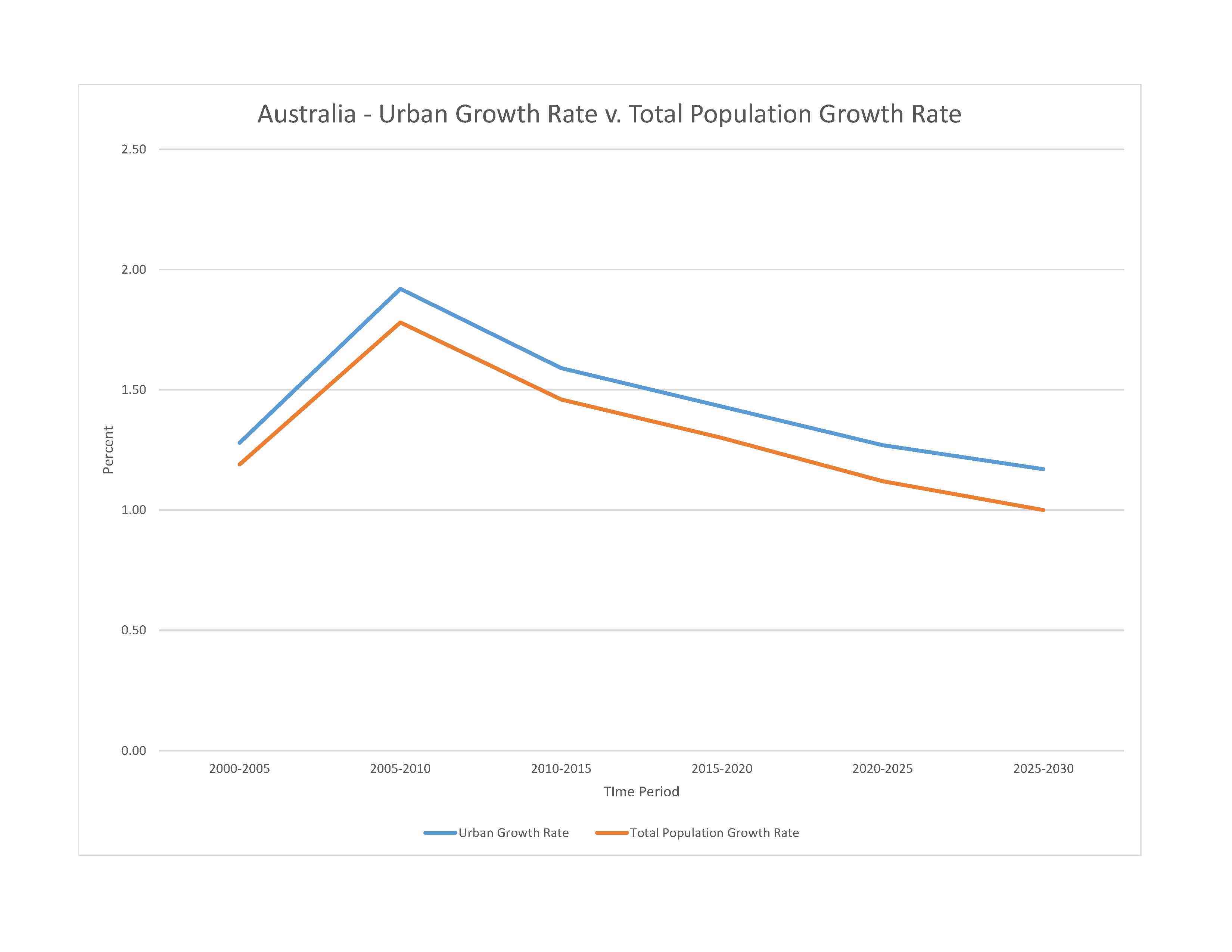
26,461,166 (2023 est.)
noun: Australian(s)
adjective: Australian
English 33%, Australian 29.9%, Irish 9.5%, Scottish 8.6%, Chinese 5.5%, Italian 4.4%, German 4%, Indian 3.1%, Australian Aboriginal 2.9%, Greek 1.7%, unspecified 4.7%
(2021 est.)
note: data represent self-identified ancestry, with the option of reporting two ancestries
English 72%, Mandarin 2.7%, Arabic 1.4%, Vietnamese 1.3%, Cantonese 1.2%, other 15.7%, unspecified 5.7% (2021 est.)
note: data represent language spoken at home
Roman Catholic 20%, Protestant 18.1% (Anglican 9.8%, Uniting Church 2.6%, Presbyterian and Reformed 1.6%, Baptist 1.4%, Pentecostal 1%, other Protestant 1.7%), other Christian 3.5%, Muslim 3.2%, Hindu 2.7%, Buddhist 2.4%, Orthodox 2.3% (Eastern Orthodox 2.1%, Oriental Orthodox 0.2%), other 2.1%, none 38.4%, unspecified 7.3% (2021 est.)
0-14 years: 18.43% (male 2,515,636/female 2,359,859)
15-64 years: 64.89% (male 8,602,204/female 8,568,004)
65 years and over: 16.69% (2023 est.) (male 2,034,383/female 2,381,080)
total dependency ratio: 53.7
youth dependency ratio: 28.2
elderly dependency ratio: 25.5
potential support ratio: 3.9 (2020 est.)
total: 37.9 years (2023 est.)
male: 36.8 years
female: 39 years
1.19% (2023 est.)
12.2 births/1,000 population (2023 est.)
6.8 deaths/1,000 population (2023 est.)
6.4 migrant(s)/1,000 population (2023 est.)
population is primarily located on the periphery, with the highest concentration of people residing in the east and southeast; a secondary population center is located in and around Perth in the west; of the States and Territories, New South Wales has, by far, the largest population; the interior, or "outback", has a very sparse population
urban population: 86.6% of total population (2023)
rate of urbanization: 1.27% annual rate of change (2020-25 est.)
note: data include Christmas Island, Cocos Islands, and Norfolk Island

5.235 million Melbourne, 5.121 million Sydney, 2.505 million Brisbane, 2.118 million Perth, 1.367 million Adelaide, 472,000 CANBERRA (capital) (2023)
at birth: 1.06 male(s)/female
0-14 years: 1.07 male(s)/female
15-64 years: 1 male(s)/female
65 years and over: 0.85 male(s)/female
total population: 0.99 male(s)/female (2023 est.)
28.7 years (2019 est.)
3 deaths/100,000 live births (2020 est.)
total: 3 deaths/1,000 live births (2023 est.)
male: 3.2 deaths/1,000 live births
female: 2.7 deaths/1,000 live births
total population: 83.3 years (2023 est.)
male: 81.1 years
female: 85.5 years
1.73 children born/woman (2023 est.)
0.84 (2023 est.)
66.9% (2015/16)
note: percent of women aged 18-44
improved: urban: 100% of population
rural: 100% of population
total: 100% of population
unimproved: urban: 0% of population
rural: 0% of population
total: 0% of population (2020 est.)
10.7% of GDP (2020)
4.13 physicians/1,000 population (2020)
3.8 beds/1,000 population (2016)
improved: urban: N/A
rural: N/A
total: 100% of population
unimproved: urban: N/A
rural: N/A
total: 0% of population (2020 est.)
29% (2016)
total: 9.51 liters of pure alcohol (2019 est.)
beer: 3.71 liters of pure alcohol (2019 est.)
wine: 3.67 liters of pure alcohol (2019 est.)
spirits: 1.32 liters of pure alcohol (2019 est.)
other alcohols: 0.81 liters of pure alcohol (2019 est.)
total: 13.6% (2020 est.)
male: 15.6% (2020 est.)
female: 11.5% (2020 est.)
N/A
55.9% (2023 est.)
6.1% of GDP (2020 est.)
total population: NA
male: NA
female: NA
total: 21 years
male: 20 years
female: 22 years (2020)
NOTE: The information regarding Australia on this page is re-published from the 2024 World Fact Book of the United States Central Intelligence Agency and other sources. No claims are made regarding the accuracy of Australia 2024 information contained here. All suggestions for corrections of any errors about Australia 2024 should be addressed to the CIA or the source cited on each page.
This page was last modified 04 May 24, Copyright © 2024 ITA all rights reserved.